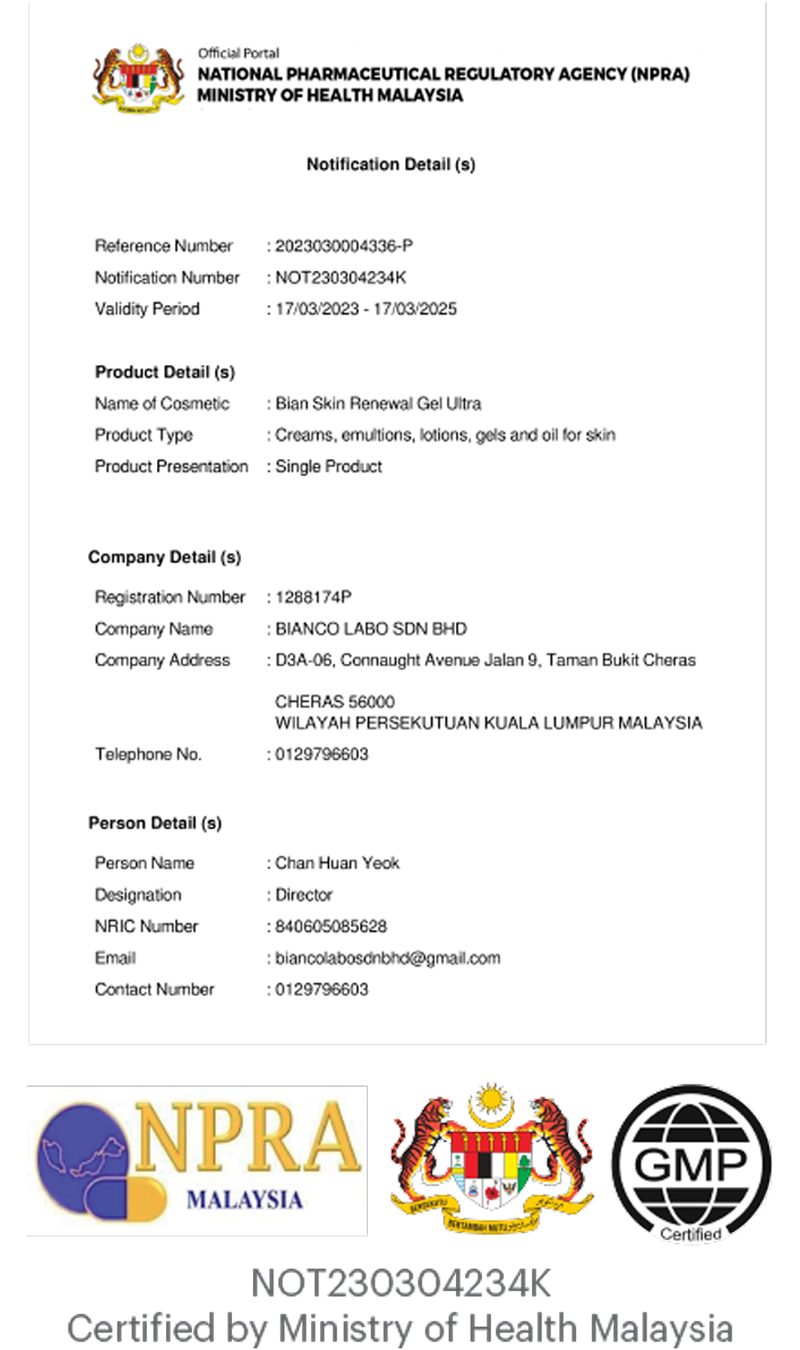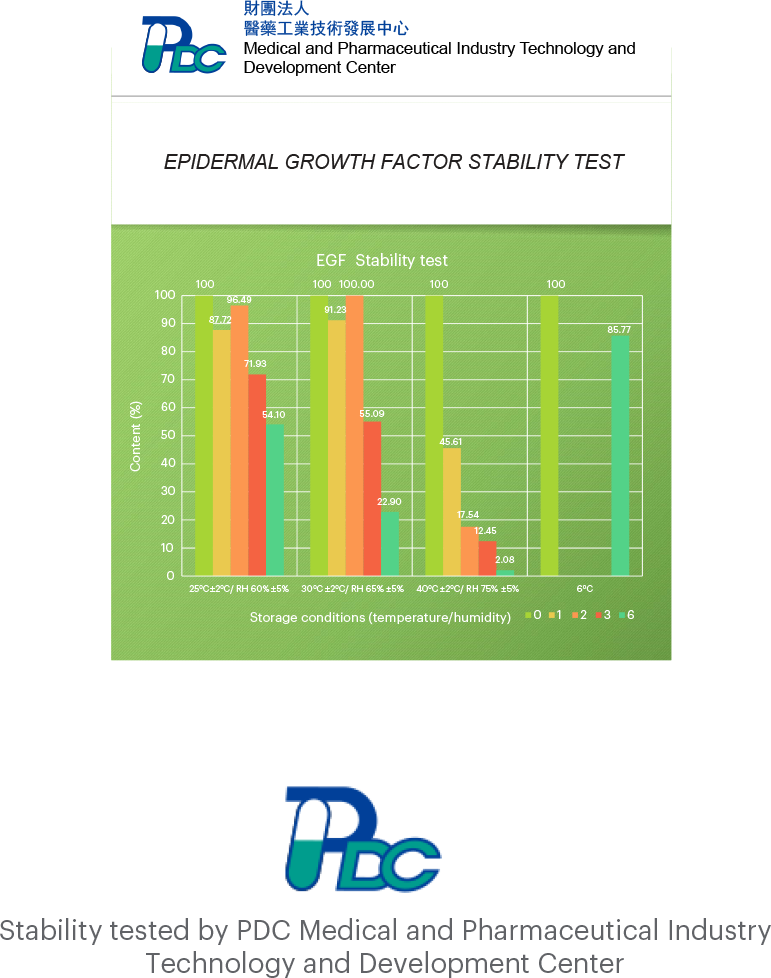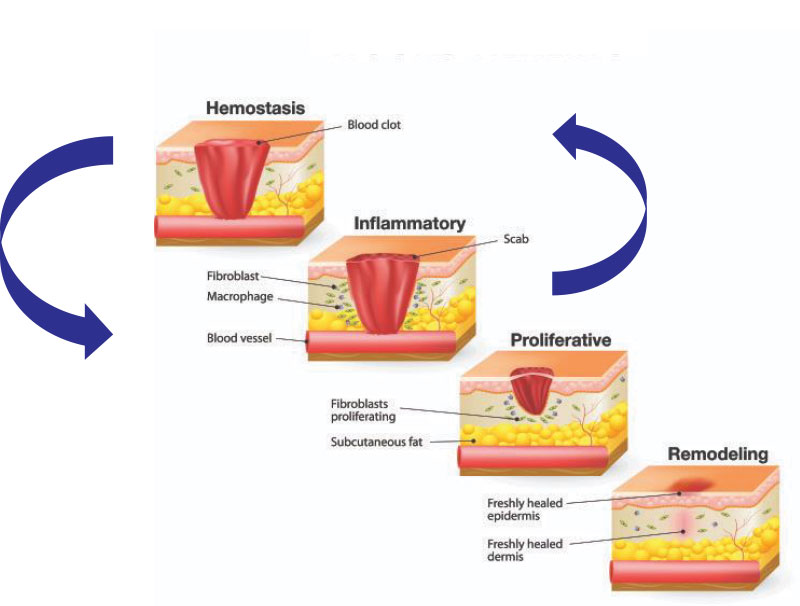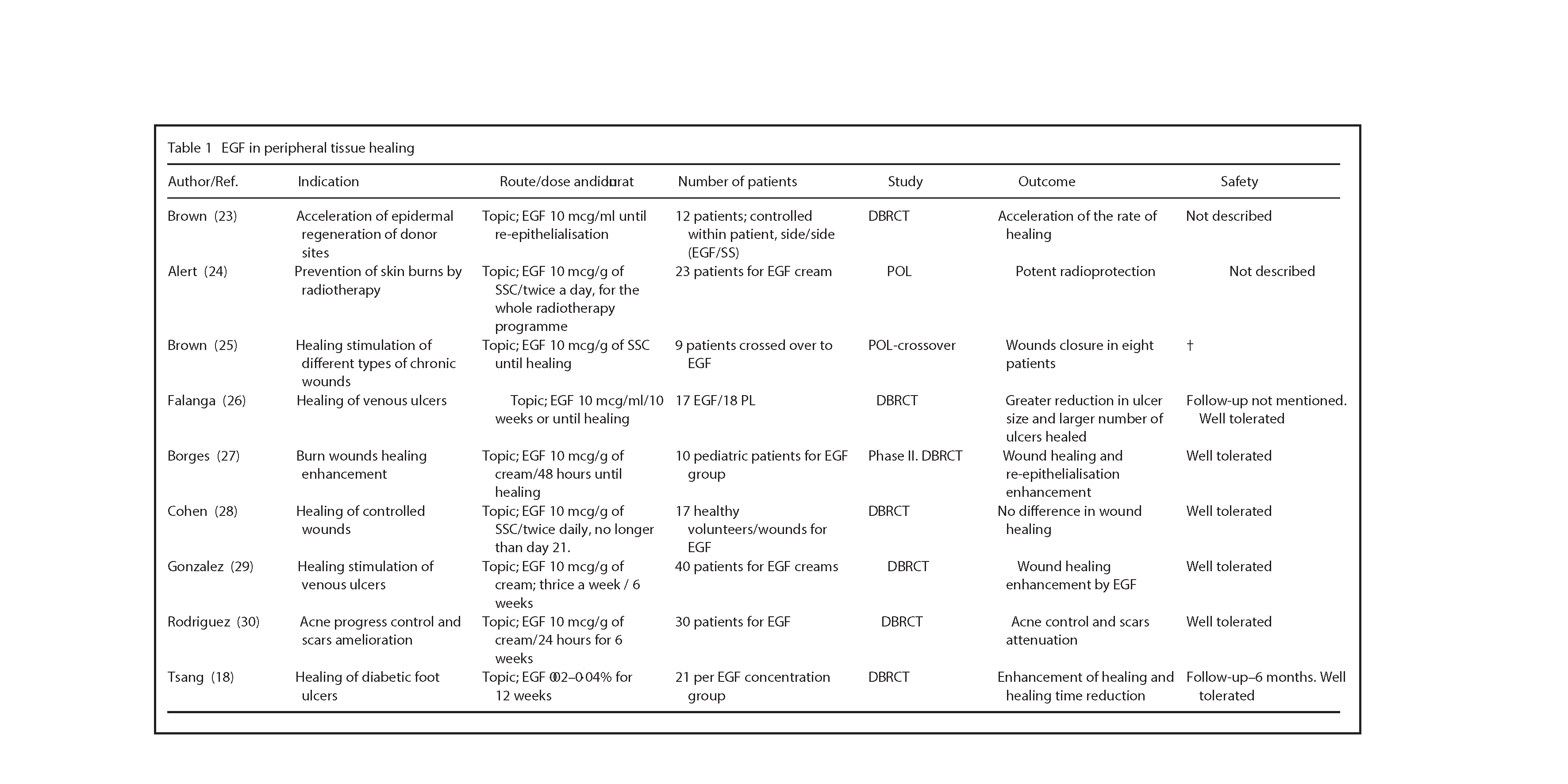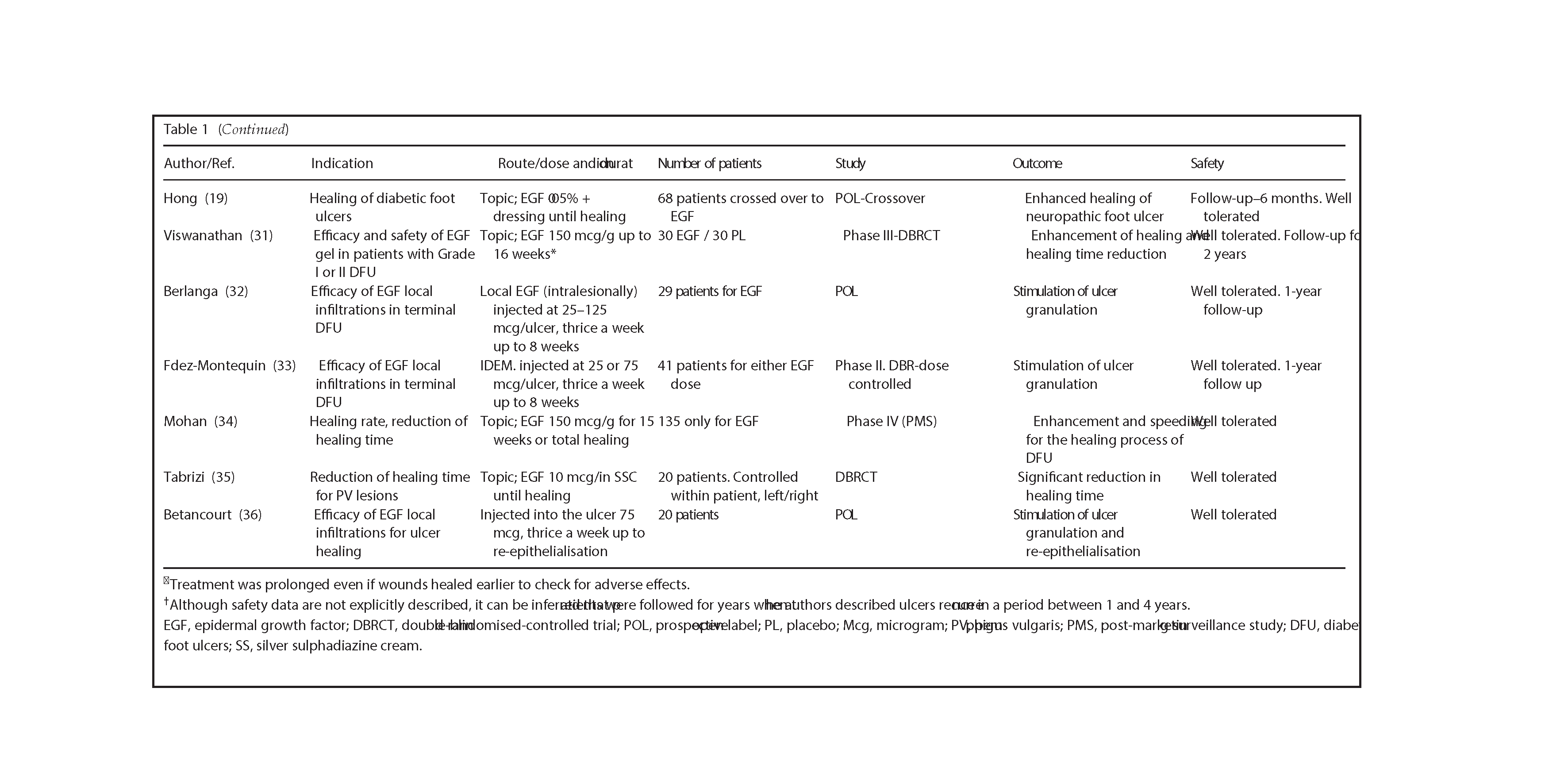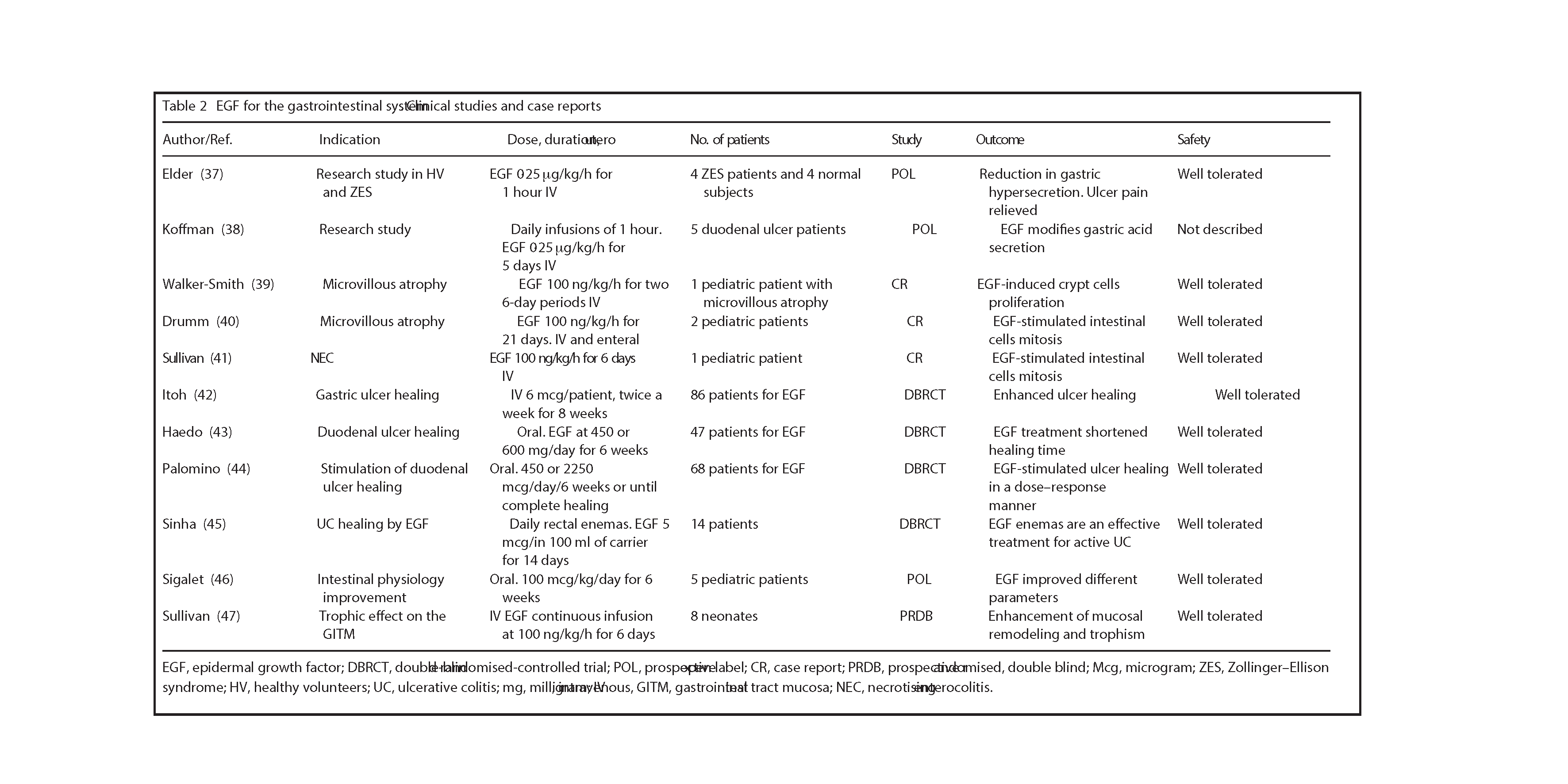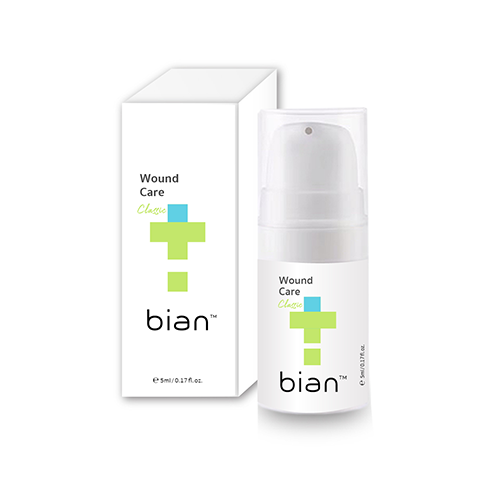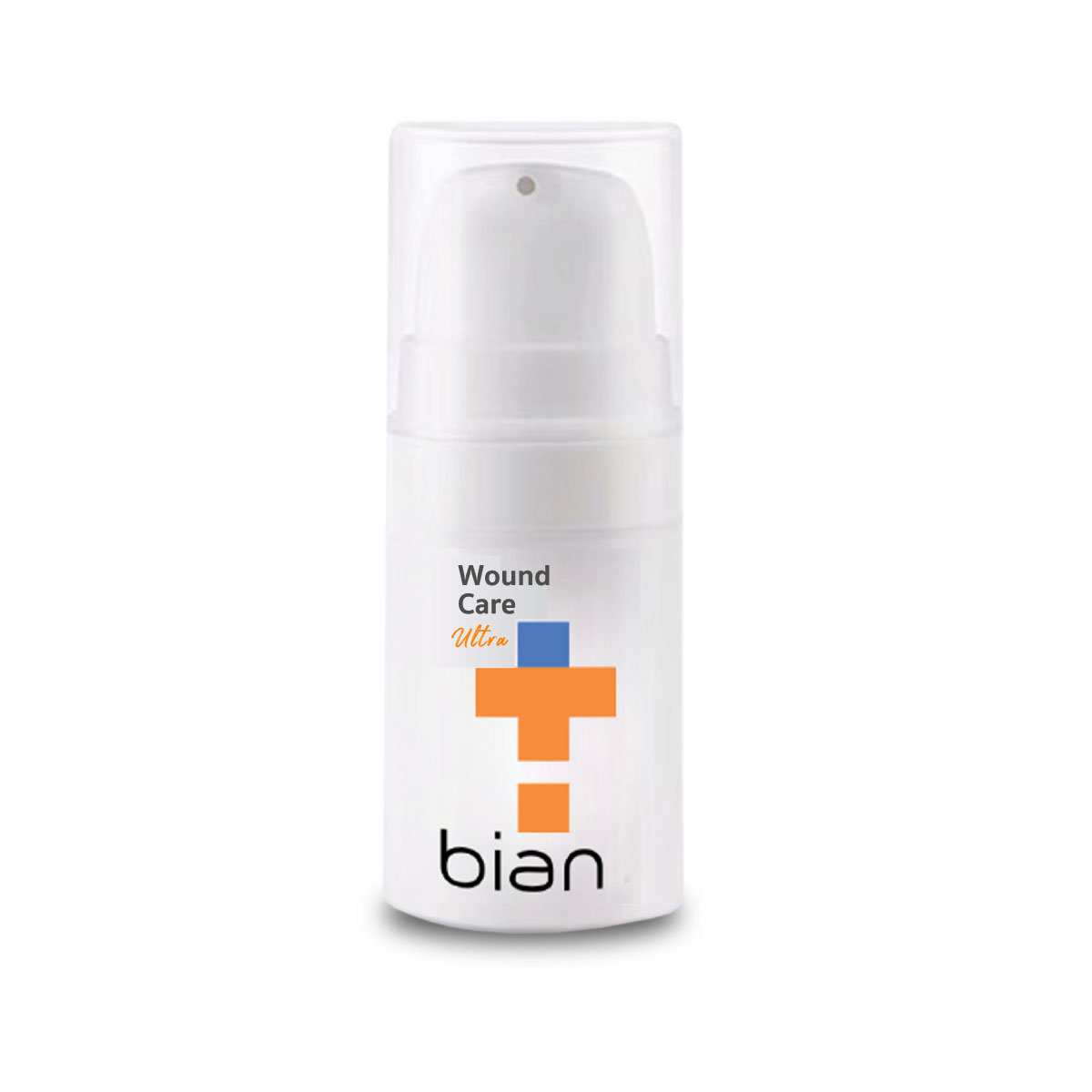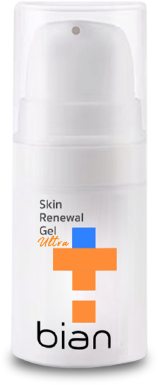
SKIN RENEWAL GEL
- BIANCO’s EGF
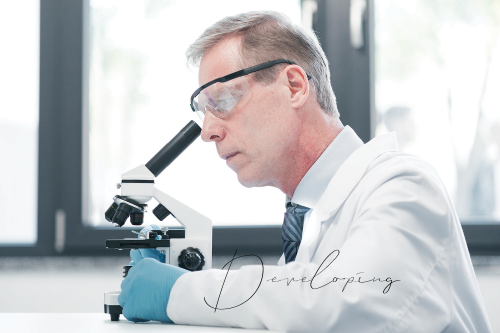
For people who want rapid healing!
A NEW BREAKTHROUGH FOR ACCELERATING WOUND HEALING
With EGF load of 500ppm that is clinically proven to improve the healing of diabetic foot ulcer.
EGF has been recognized as an excellent wound healing agent due to its therapeutic function stimulating skin cell growth, proliferation and differentiation.
The active ingredients:
Oligopeptide-1 (EGF) – derived from Yeast
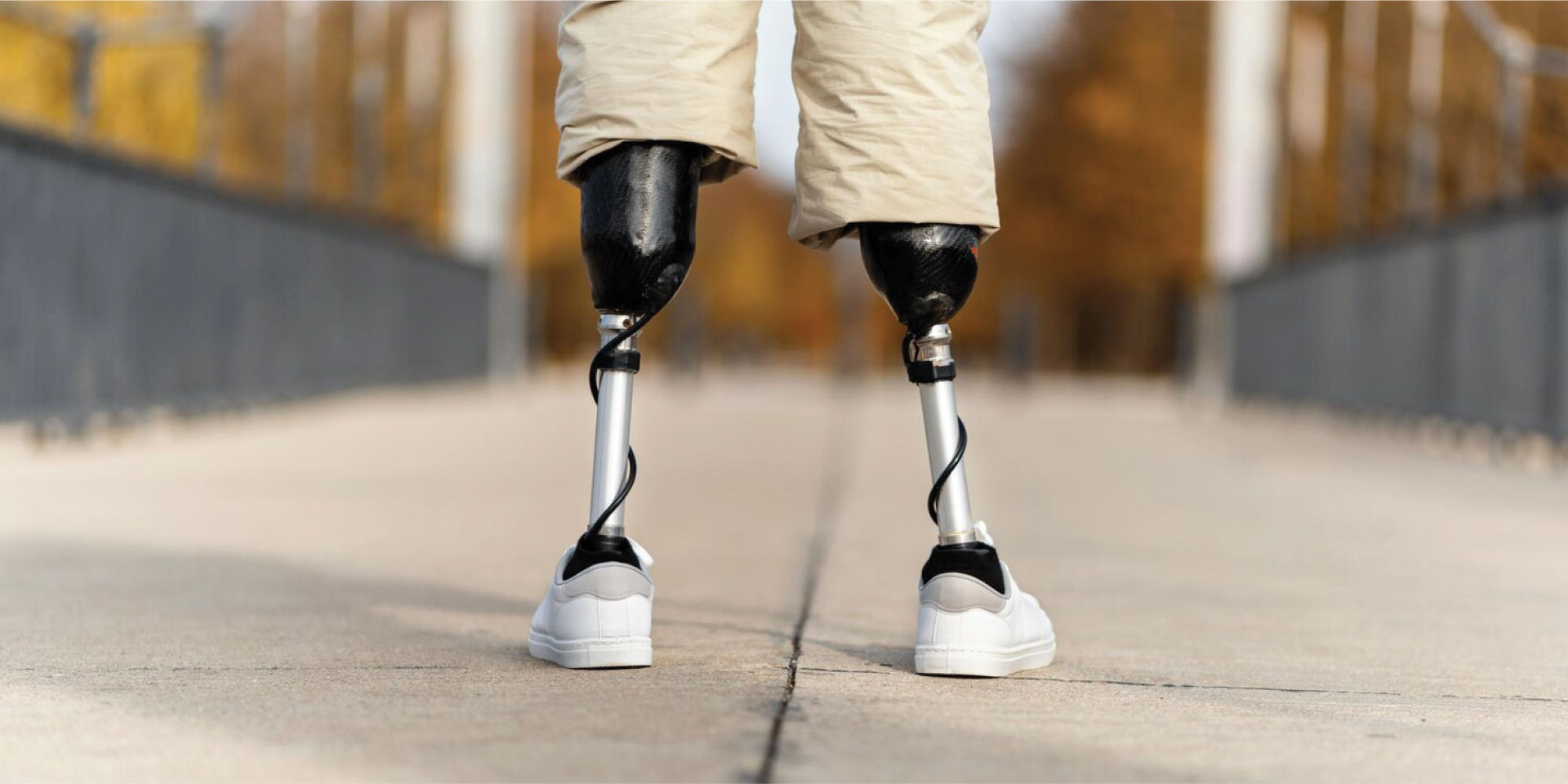
INDICATION
ACUTE WOUND
- Surgical Wound
- Traumatic Wound
- SuperficialII°, deepII° burnwounds
- SkinGraft
CHRONIC WOUND AND ULCER
- Diabeticfootulcer
- Pressure ulcer (Bedsore)
- Neuropathiculcer
- Venousulcer
- Arterialulcer
- Vasculiticulcer
- Malignantulcer
EGF Epidermal Growth Factor
- An ingredient that has won a Nobel Prize
- Developed to speed wound recovery
- EGF stimulates skin growth at the cellular level
- Increase collagen production
- Repair fine lines and wrinkles
- Restore skin’s youthful radiance
- Increase the thickness and density of skin

UNIQUENESS
Bianco’s EGF Gel has the following advantages Including:
- It can be stored at room temperature
- High EGF load, 500 ppm
- Long-lasting growth factor activity
- High encapsulation rate
- Good histocompatibility
- The product is all natural and non-toxic
- The product has not been genetic modified (non-GMO)
REFERENCE
EGF 400ppm can achieve 95% cure rate for diabetic foot ulcer patients
Elisavet K. Tiaka, MD, Nikolaos Papanas, MD, Anastassios C. Manolakis, MD, and George S. Georgiadis, MD Epidermal Growth Factor in the Treatment of Diabetic Foot Ulcers: An Update Perspectives in Vascular Surgery and Endovascular Therapy 24(1) 37–44
CLINICAL INDICATIONS AND USE I
- Diabetic foot wound healing
- Chronic ulcer wounds (such as bedsores, diabetic ulcers and stasis ulcers)
- Various trauma wounds and various surgical incisions
- Superficial II °, deep II ° burn wounds and III ° burn skin graft and skin donor area
- Wounds after nasal endoscopy, nose bleeding and perforation of ear, nose and throat
CLINICAL INDICATIONS AND USE II
- For perineal incision and cesarean incision of the parturient, our gel can accelerate healing and reduce infection and scars
- For Inhalation injury-it can promote the healing of respiratory tract and alveolar injuries
- Prevention and treatment of radiation oral mucosal diseases, maxillofacial trauma and maxillofacial surgery wounds
- After plastic surgery, medical cosmetology, laser surgery or microdermabrasion, it accelerates healing, prevent and reduce scar formation
ADDITIONAL CLINICAL INDICATIONS AND USE
- Acne treatment, reduce the infection area, prevent the formation of acne scars and pits, and can also be used for wound healing after pit dermabrasion surgery
- Dry and cracked skin, thin epidermis, can make epidermal keratinocytes return to normal
thickness
CLINICAL TREATMENT CASES
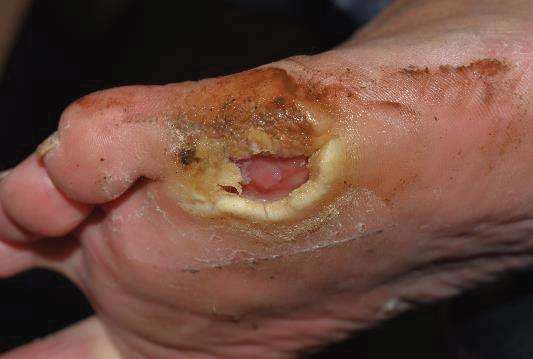
Day 0 Dosage approx 0.5ml
Case 1: Age 37, Male
DIABETIC FOOT ULCER WOUND
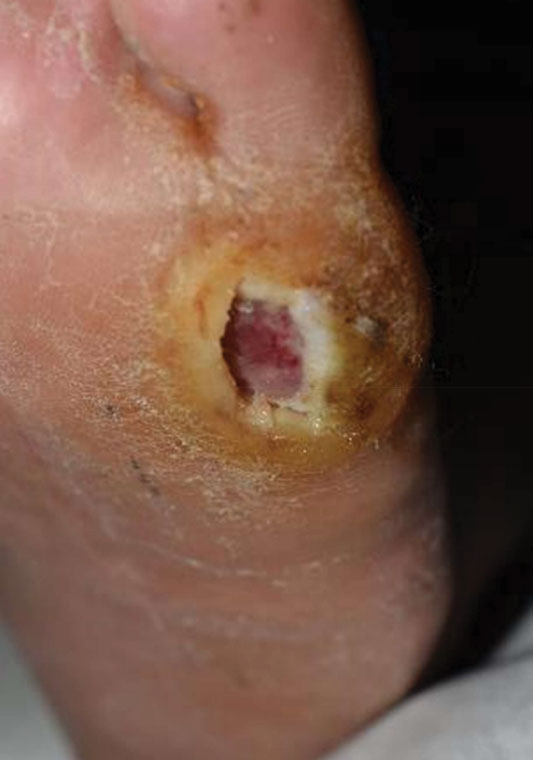


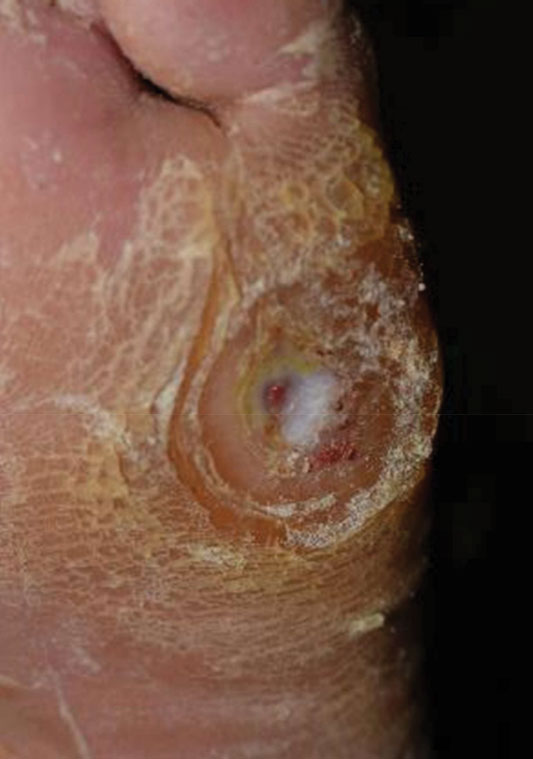
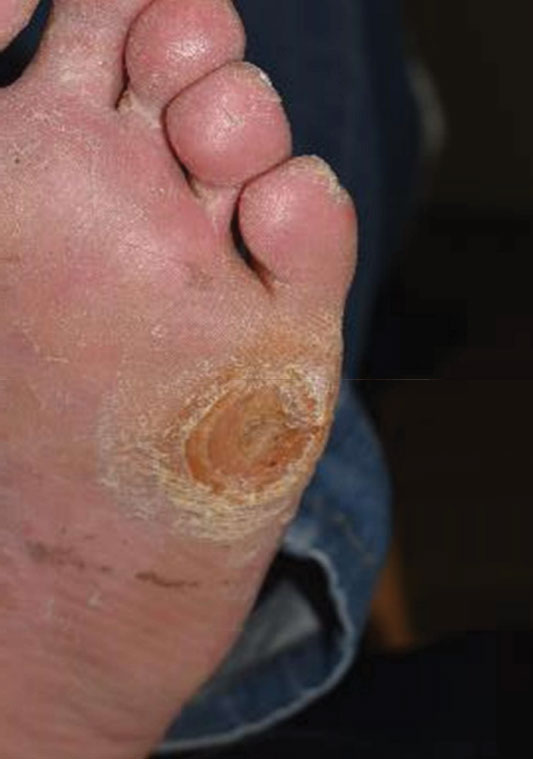
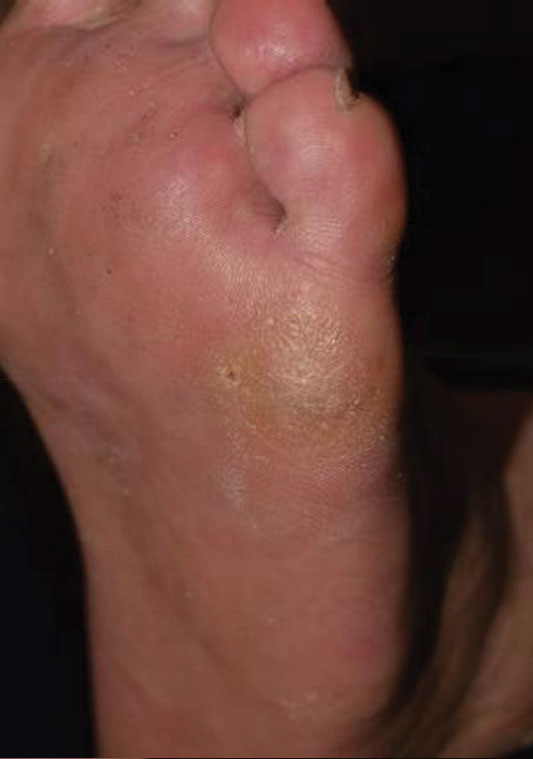
Case 2: Age 50, Male
Diabetic foot ulcer wound

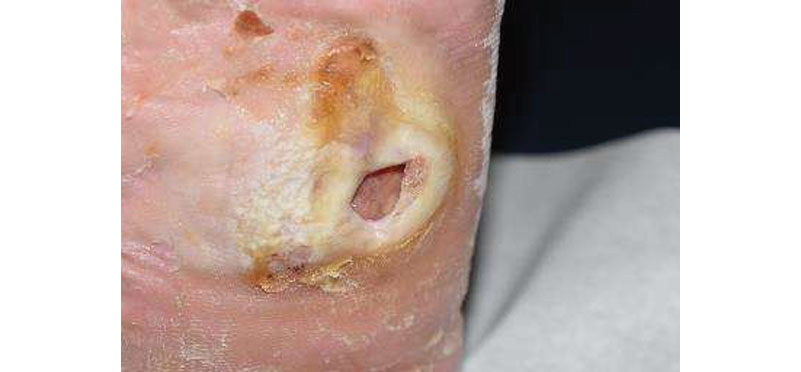
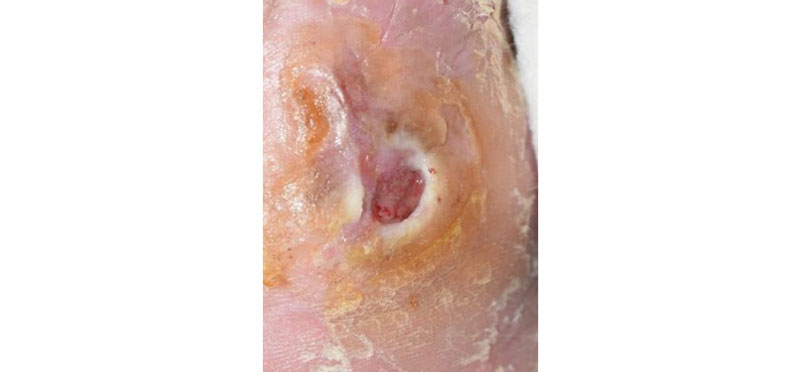
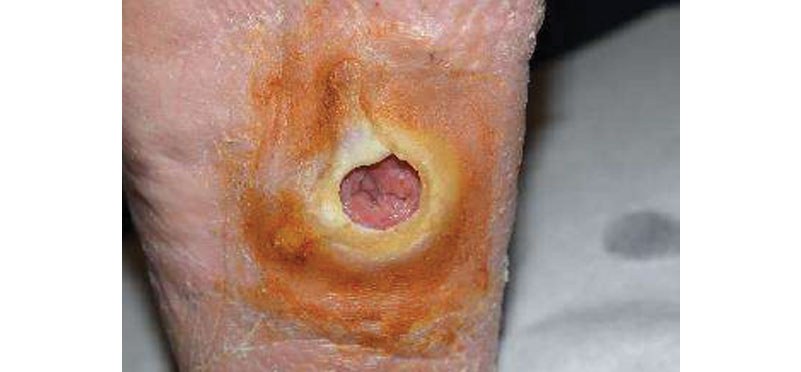
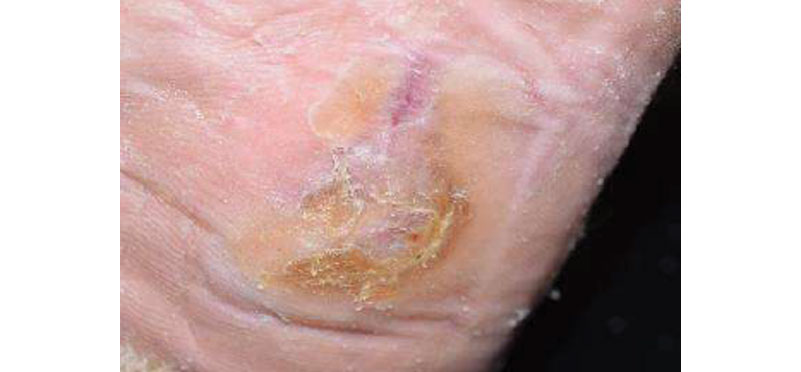
Case 3: Age 86, Female
Diabetic lower leg ulceration
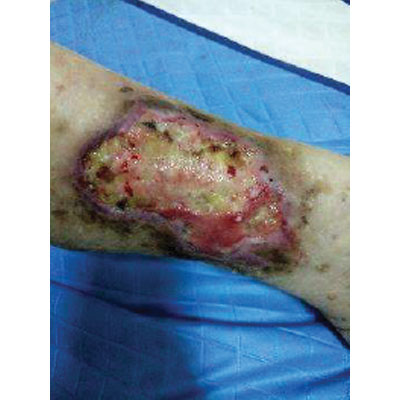
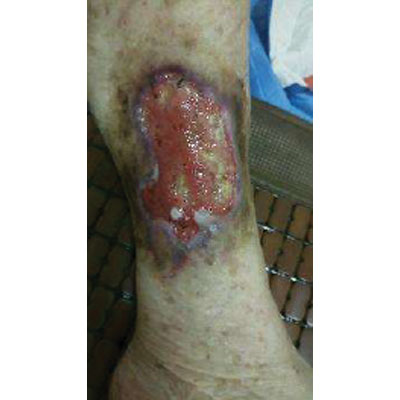
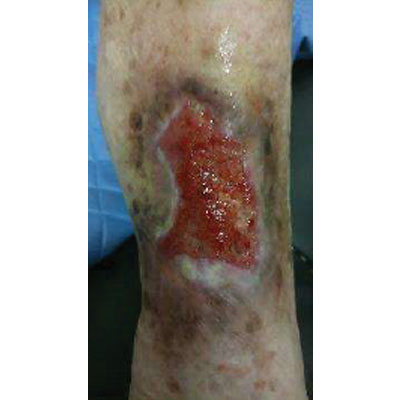
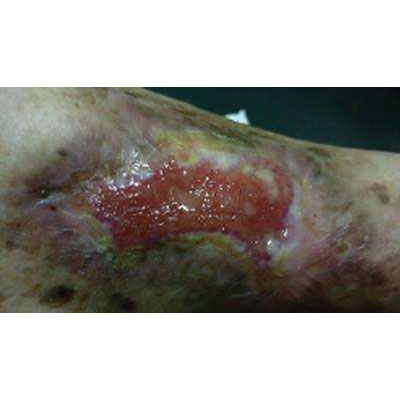
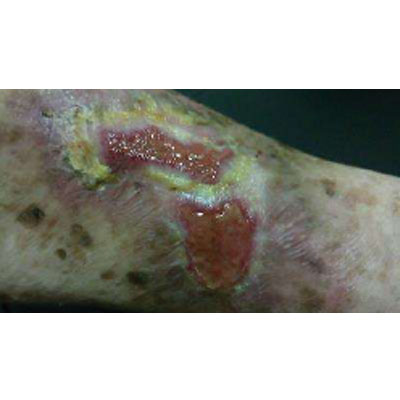
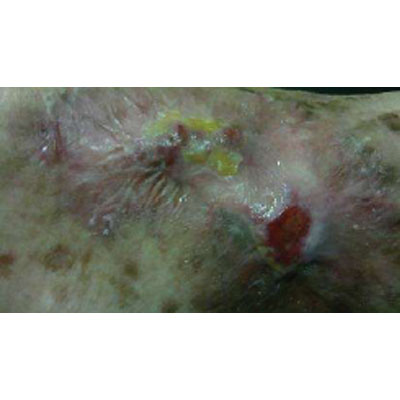
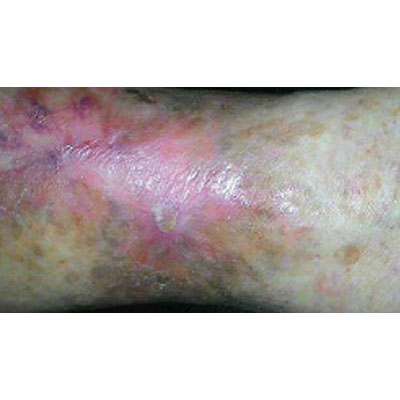
Case 4: Age 75, Male
Diabetic foot ulcer wound







Case 4: Age 75, Male
Diabetic foot ulcer wound
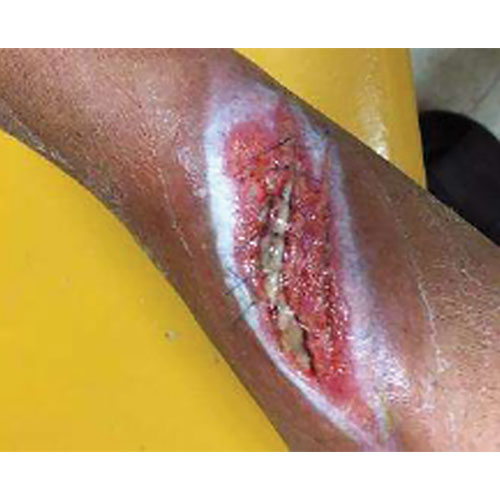
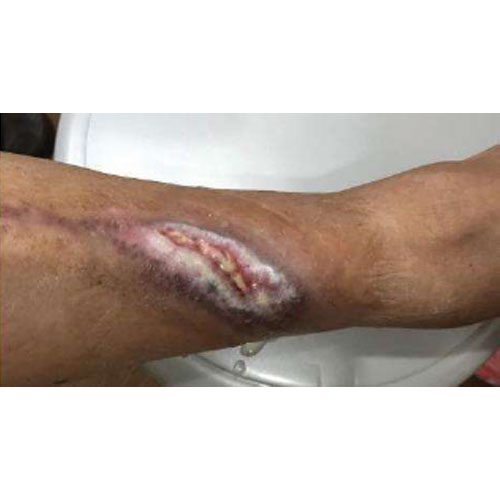
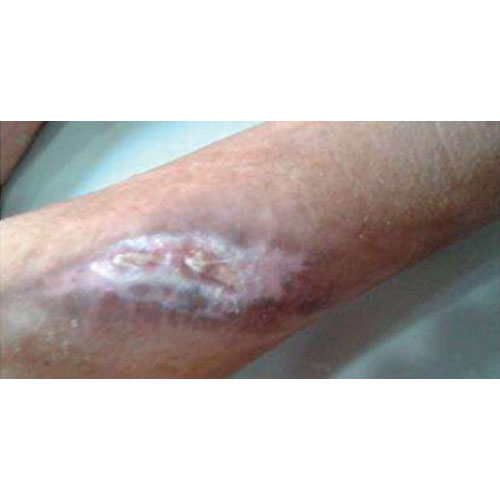
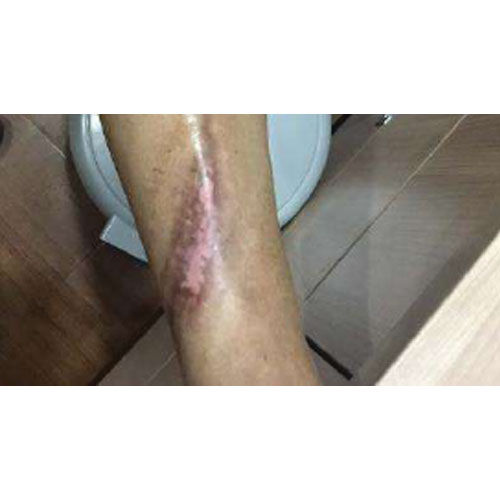
Dosage approximately 2ml (In total)
Case 5: Age 56, Male
Diabetic foot ulcer wound
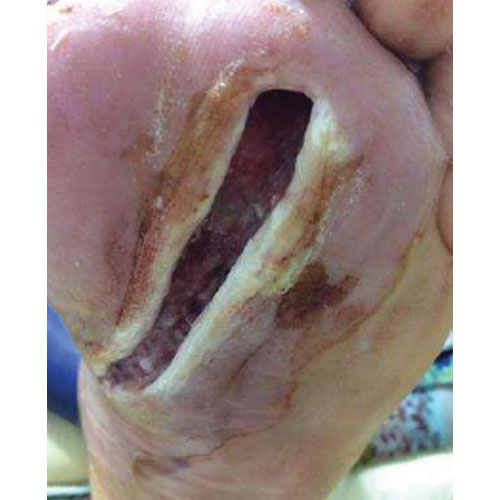
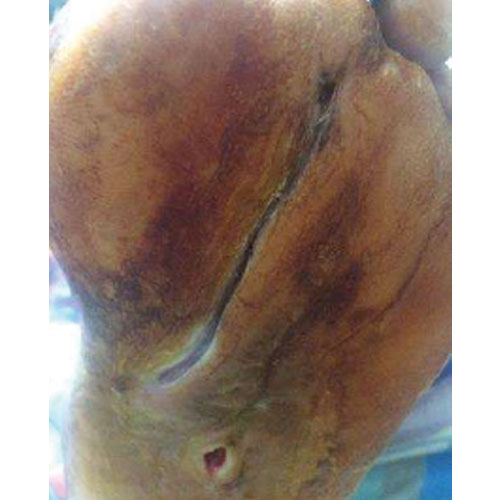
Dosage approximately 3ml
Case 6: Age 23, Female
Second degree burns to both lower extremities
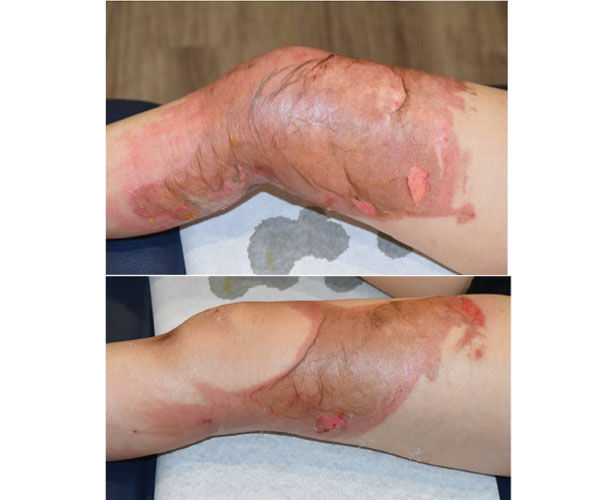
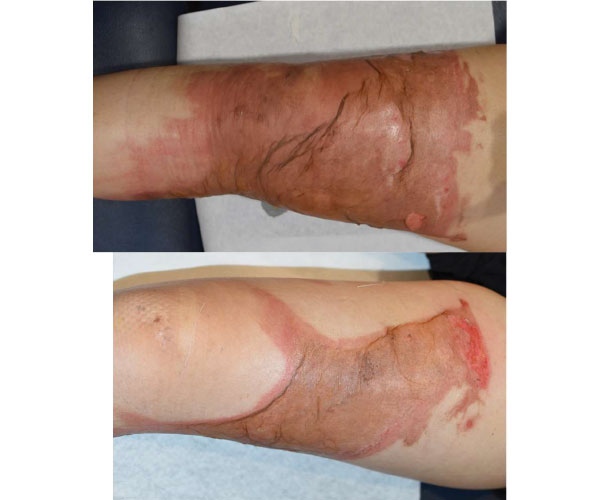


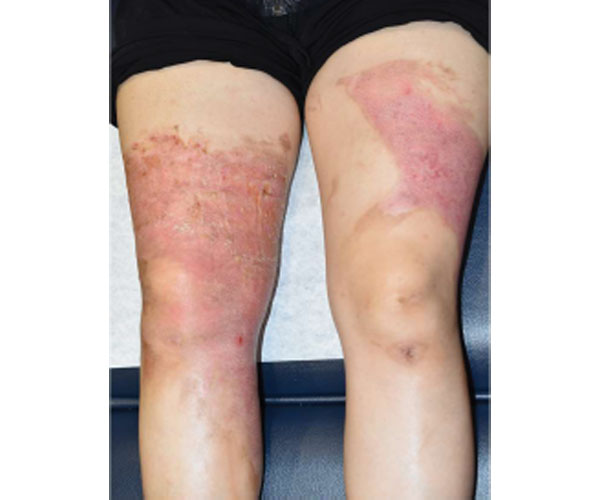
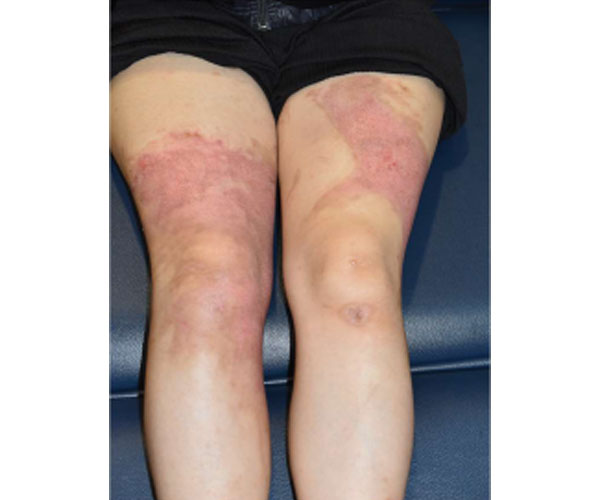
Dosage approximately 5ml (In total)
Case 7: Age 36, Female
Second degree burns to lower leg angle area
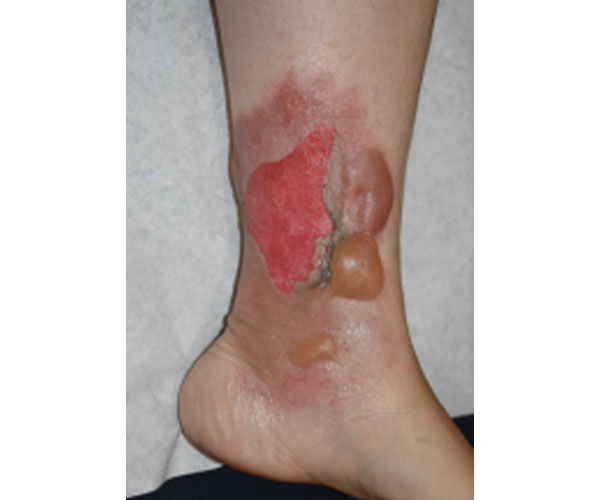
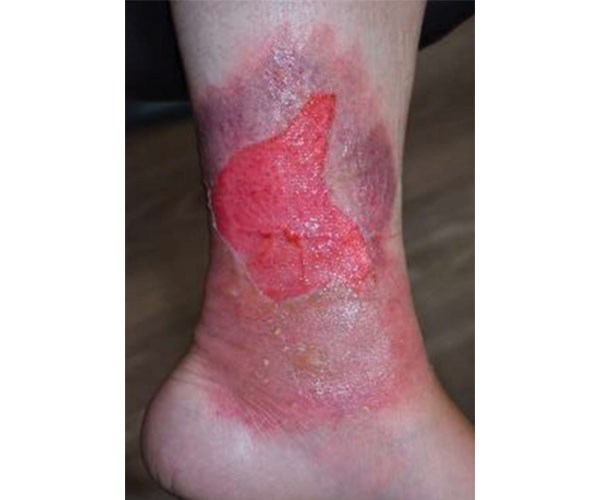
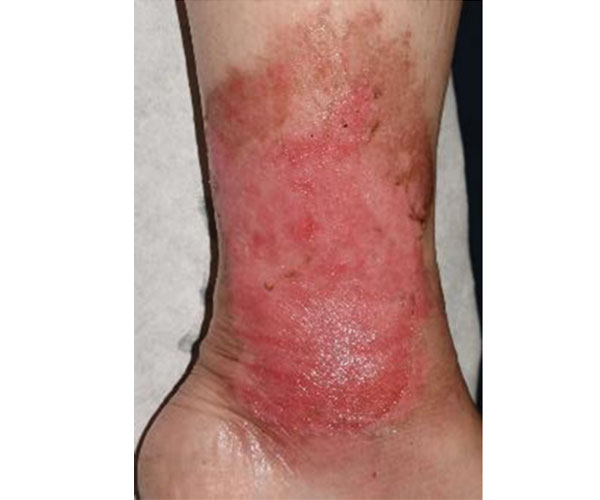
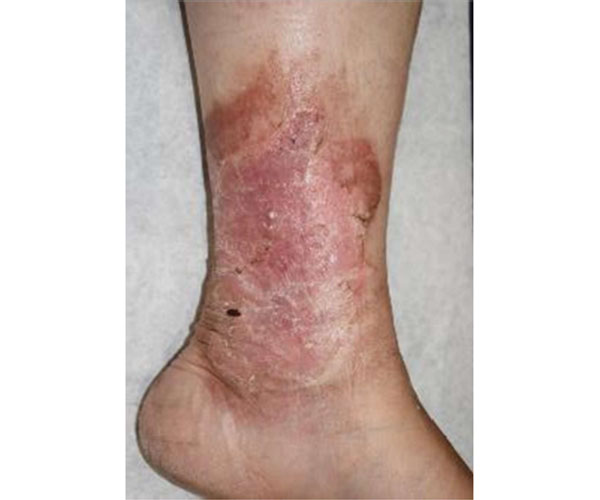
Dosage approximately 7ml (In total)
Case 8: Age 55, Male
Third degree burns to the foot
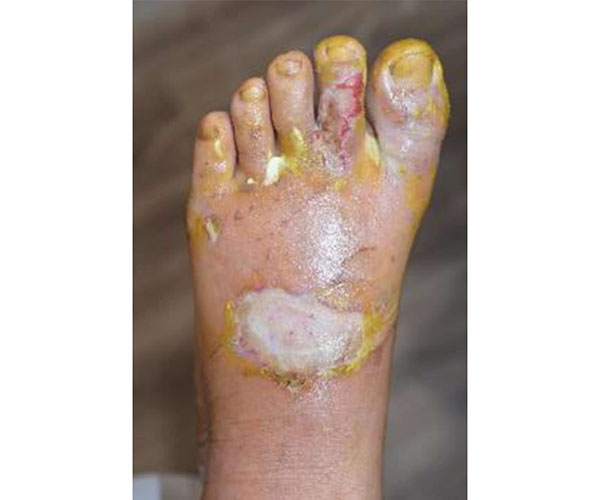
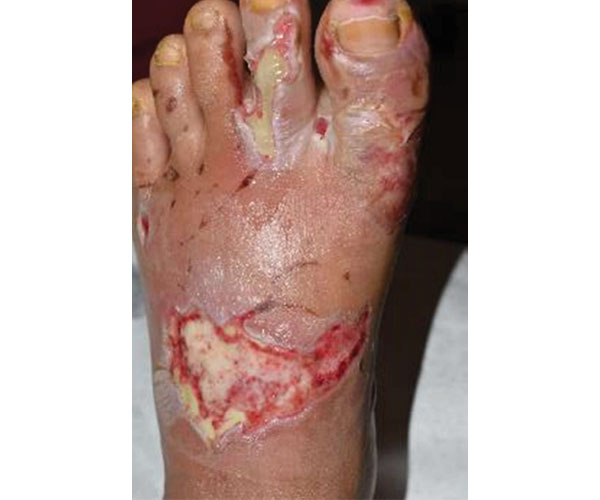
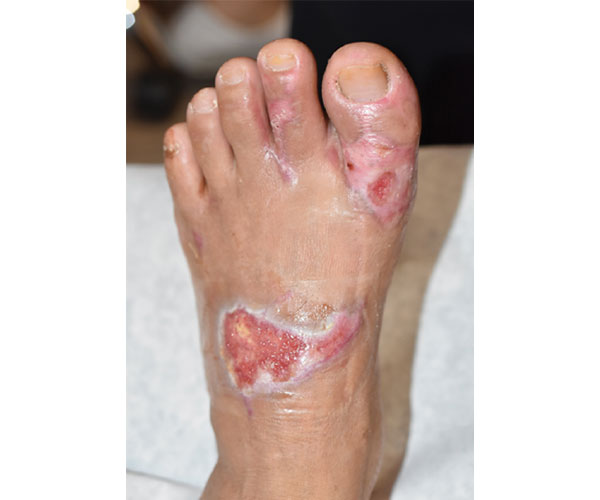
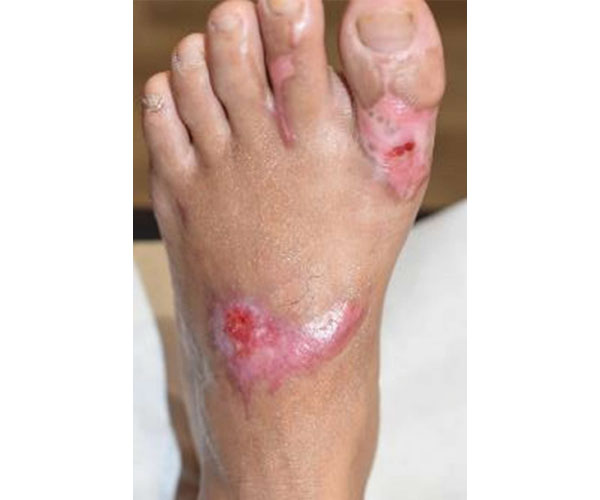
Dosage approximately 7ml (In total)
Dosage & administration:
- After cleaning the ulcer area, apply the gel over all the affected areas with a sterile cotton swab twice a day until the ulcer heals completely.
- Dosage of the gel depends on the specific size of the ulcer & it should as per physician’s advice.
- This gel is for external use only.
CERTIFICATION
